Statues of limitations: Warren Mundine speaks out on push to remove Captain Cook statue
PROPOSALS to alter or remove Sydney monuments to Captain Cook and Arthur Phillip have been likened by Aboriginal leader Warren Mundine to the worst extremes of rewriting history in Stalinist Russia.
NSW
Don't miss out on the headlines from NSW. Followed categories will be added to My News.
NOTE: The Press Council has upheld a complaint in relation to this article. Read the full adjudication here.
PROPOSALS to alter or remove Sydney monuments to Captain Cook and Arthur Phillip have been likened to the worst extremes of rewriting history by Taliban or in Stalinist Russia.

Sydney Lord Mayor Clover Moore has not ruled out the removal of the statue of Captain Cook in Hyde Park because it says the explorer “discovered this territory” in 1770.
But the politically correct push to remove or alter monuments honouring our colonial heritage have been condemned by Shooters and Fishers MP Robert Borsak as “Taliban-like” and derided by Aboriginal leader Warren Mundine, who likened the trend to a “Stalinist approach” to create a “false history”.
“What’s going to be next? Are they going to tear down the Anzac memorials in every municipal park in Australia?” Mr Borsak said.
The debate began when indigenous ABC journalist Stan Grant attacked the inscription on the memorial to Captain Cook in Hyde Park stating that the British explorer “discovered this territory”.
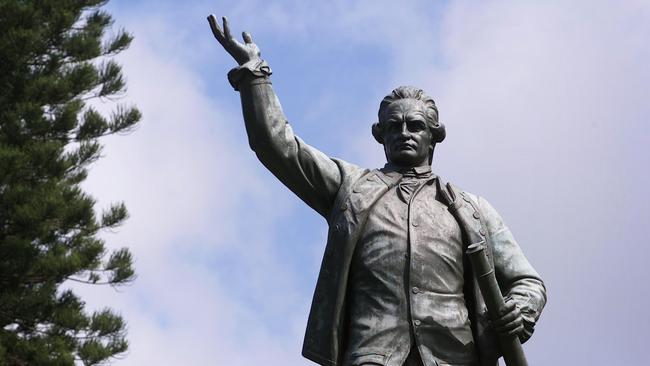
He said the inscription implied that no Aboriginal history counted “until a white sailor first walked on these shores”.
Mr Grant, who has not called for the removal of any monument, also attacked the legacy of the forward thinking, antislavery first Governor of NSW, Arthur Phillip.
Ms Moore’s spokesman said: “The Lord Mayor has referred Stan Grant’s comments to the City of Sydney’s Aboriginal and Torres Strait Islander Advisory panel for their consideration and advice.”
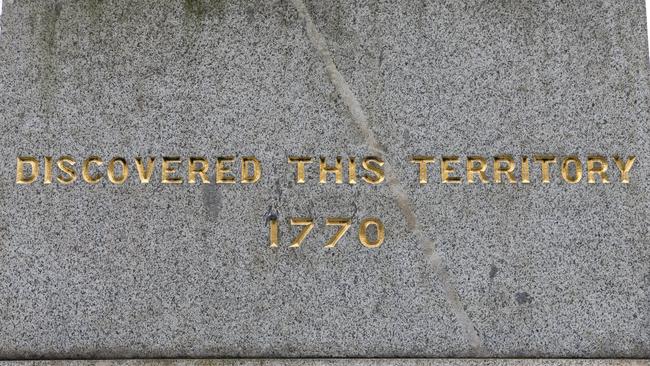
Historian Keith Windschuttle said that committee in the past had said Australia was invaded rather than settled “which is false in Australian law and history”.
“The only response you are going to get from them is that the statue should be removed,” he said.
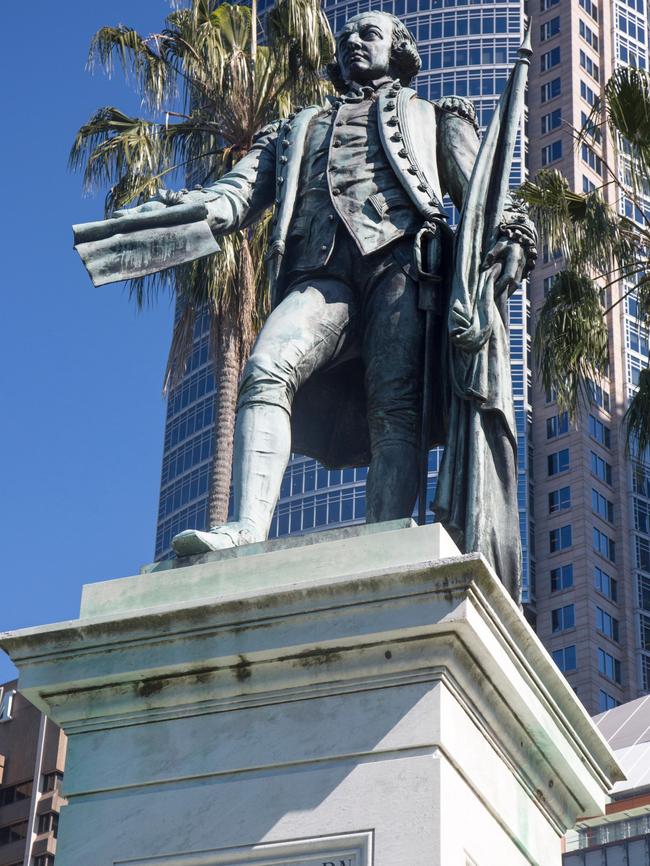
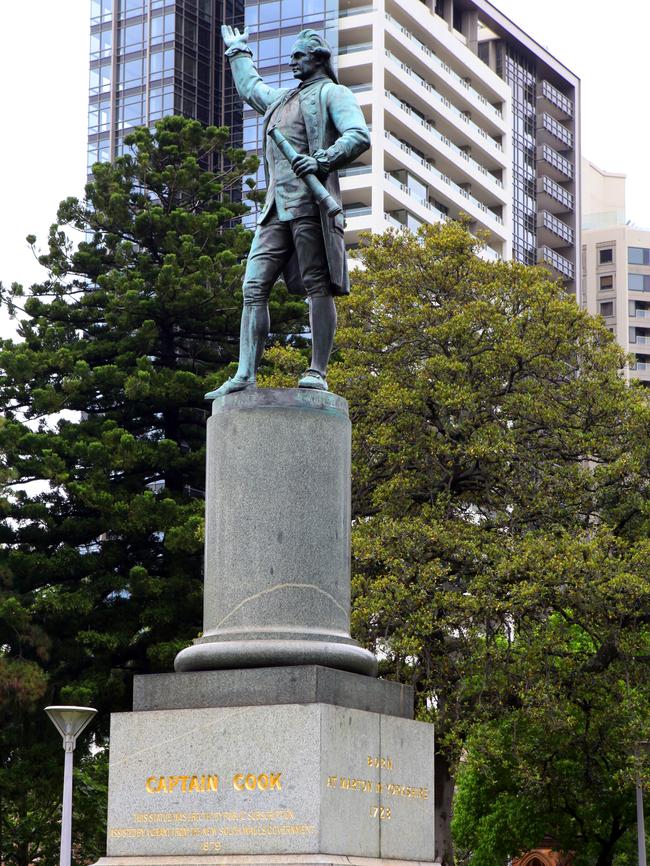
Mr Windschuttle’s call for the statue to be left untouched has been given wide support from politicians and the Aboriginal community.
NSW Treasurer Dominic Perrottet said: “Commemorating one part of our history shouldn’t have to come at the expense of another part — that’s just divisive.”
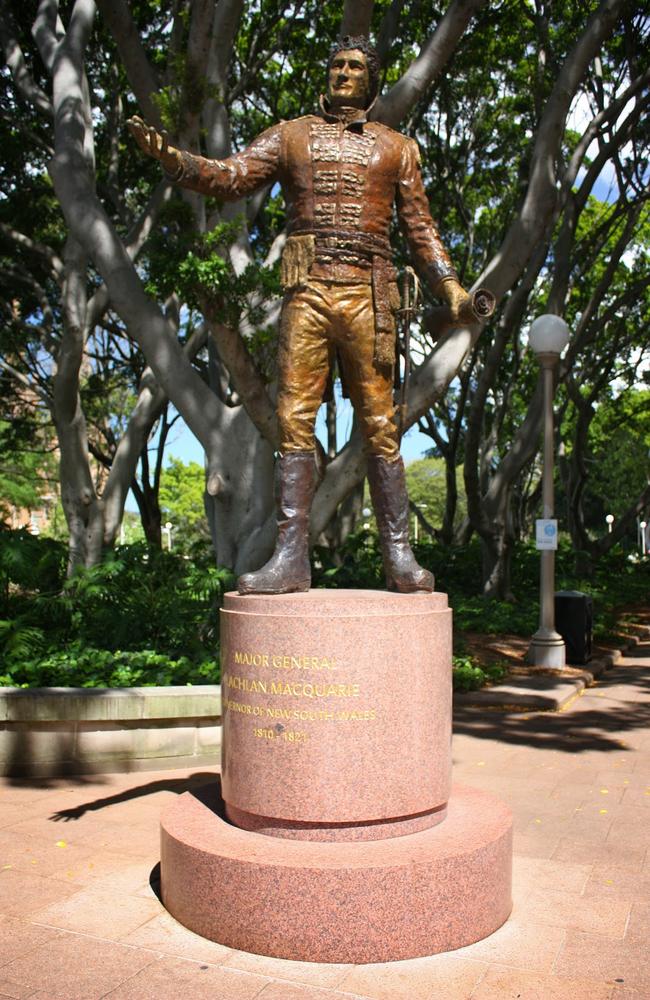
Local Government Minister Gabrielle Upton said: “The City of Sydney should focus on working for its ratepayers and not rewriting history.”
Liberal Upper House MP Peter Phelps said men such as Cook and Phillip were heroes.
“Attempts to rewrite our public history for the sake of political correctness — which is what these activist want to do — is little better than Stalin erasing his political opponent from photographs.”
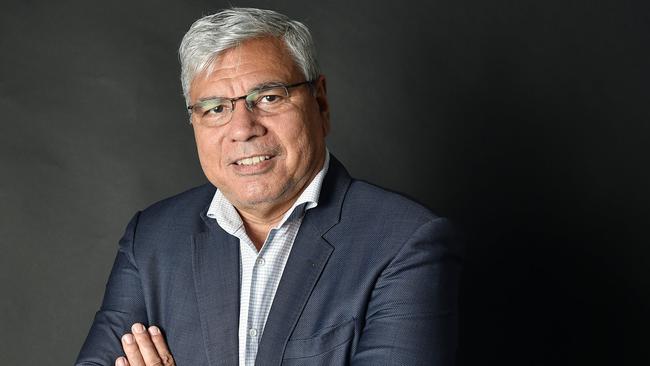
It was a point was echoed by Mr Mundine who instead called for more monuments — to indigenous people.
“All this nonsense about changing things — we cannot look back at history with our modern minds otherwise we would have to tear down the pyramids because they were built by slaves,” said Mr Mundine.
“Trying to have a Stalinist approach and whiting out peoples’ names is false history.
“In Australia the problem is an absence of memorials, we need more about our own people, our indigenous people.”
Labor MP Linda Burney, the first Aboriginal woman to enter the house of representatives, told The Project: “Captain Cook certainly did not discover Australia. And many statues right around this country actually reflect exactly what was written on the plaque for Captain Cook.”
RELATED:
But she said Grant’s point was important. “There is still a long way to go with Australia knowing, understanding and accepting the truth about the history, particularly what happened to First Peoples.”
However Liberal city councillor Christine Forster said: “There is absolutely no desire in the community that I’m aware of to tear down or change any of our historical statues in the City of Sydney.
“They represent our shared past and are an important and valued part of Sydney’s streetscapes.”


